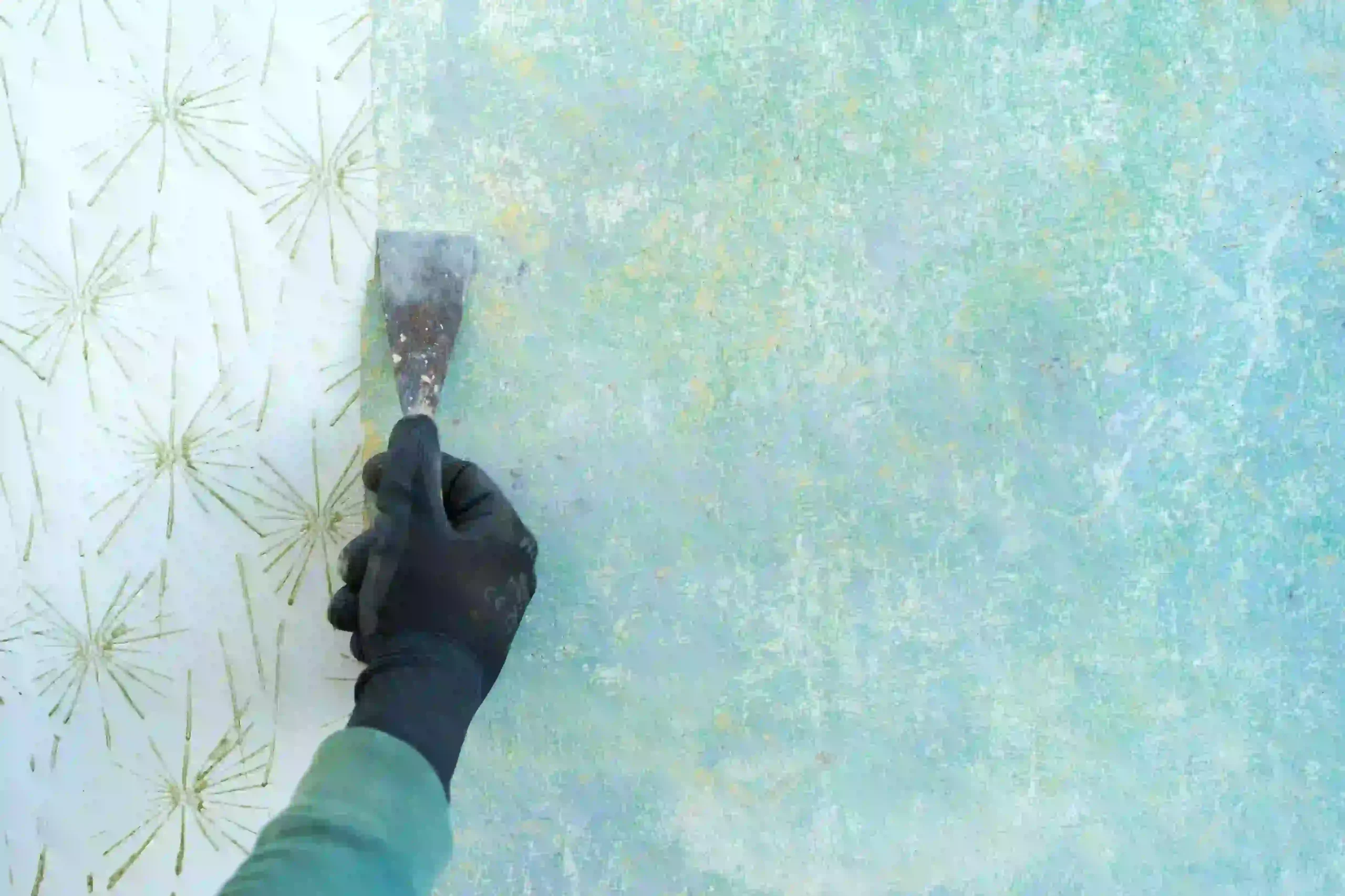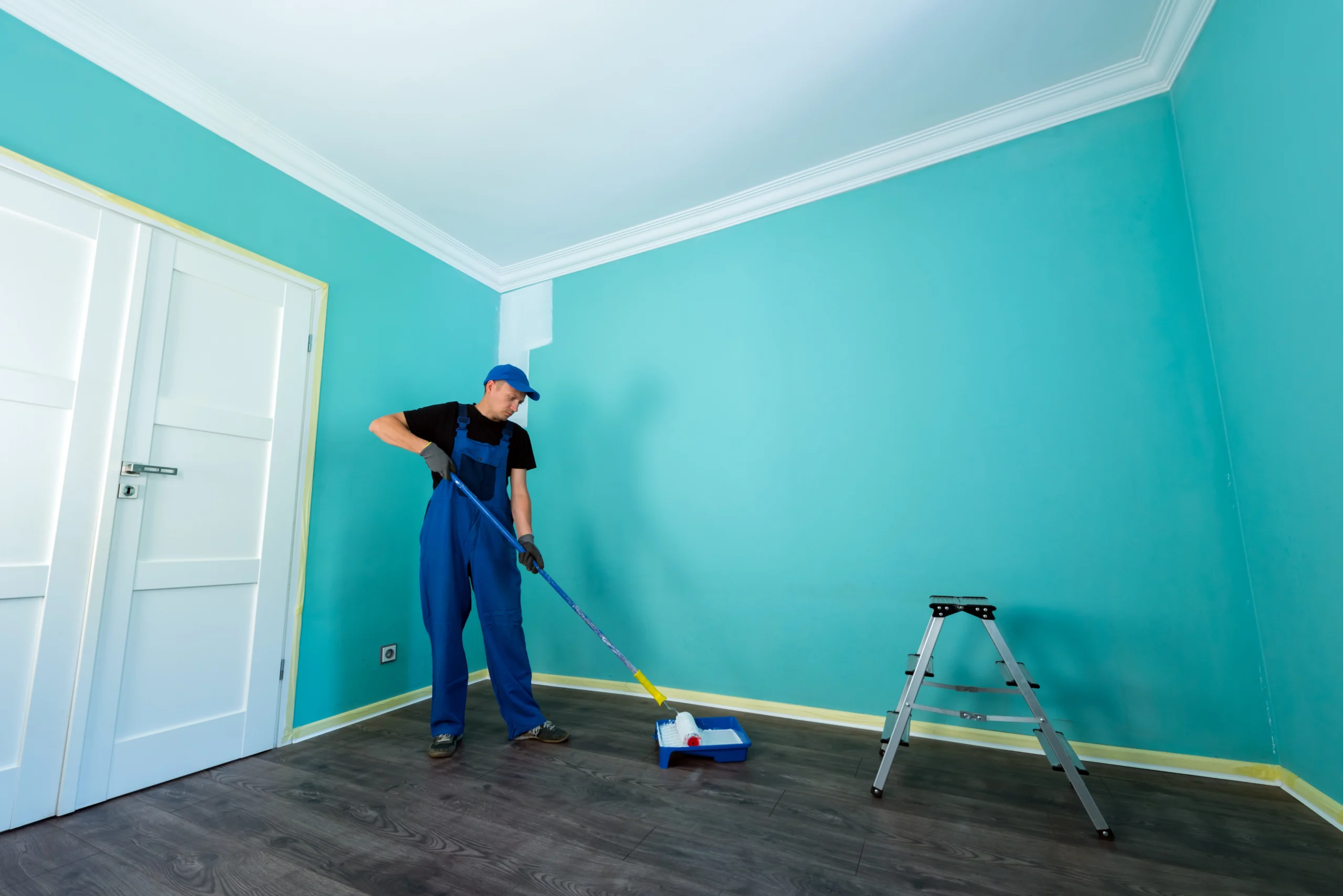Originally vibrant exterior paint of your home fades into dullness after the first few weather seasons. The process of paint fading reveals a problem with improper weather protection of your home. Having proper understanding and planning methods will enable you to avoid early fading to maintain the exterior and its fresh appeal for multiple years.
This blog will explore exterior paint fading factors while presenting methods to prevent it from occurring. During our work on residential and commercial properties at Intercolour Painting, we have witnessed every possible situation throughout Tukwila and Seattle. For multiple clients, we have restored the face and defensive qualities of homes across that face both intense sunlight and moistened by water.
Common Causes of Exterior Paint Fading

Fading is a natural process, but there are multiple factors that speed up this process. At Intercolour Painting, we provide paint services to newly constructed homes and restore distorted paints, this firsthand experience inspires this guide to explain paint fading mechanisms and their causes. Understanding these causes can help you take steps to extend the life of your paint job.
Sun Exposure & Harsh Weather Conditions
One of the biggest enemies of exterior paint is the extreme weather conditions like heavy rain, storms, and the sun. our home’s exterior paint constantly faces thick and thin weather due to which it quickly lost its original brightness.
- Sunlight causes deterioration of pigment substances used in paint products: Cavity wall insulation results in the deterioration of paint pigments due to the steady degradation of their chemical bonds by UV UV rays in the sun. UV radiation breaks down paint pigments which results in a gradual weakening of colors particularly in strong bright and dark color tones. Eventually, all colors appear chalky or show signs of dullness.
- South-Facing Walls and Fading Risks: The majority of locations throughout the world receive maximal solar light on their southward walls. Thus south-facing walls face increased speed of color degradation due to this exposure to sun. The side elevations of your home that are exposed to the south tend to fade more quickly when compared to other sides.
- The Role of Rain, Snow, and Wind: The combination of snow and rain affects walls negatively because it causes both damage to paint layers and strips away the exterior paint. The combination of debris-carried by wind and water penetration into walls results in gradual paint layer deterioration that subsequently exposes the basic home material to additional destructive elements.
- Temperature Fluctuations: Paint expands and contracts when heat shifts dramatically from day to night and other times of temperature fluctuation. The paint’s loss of adhesion together with its integrity failure results in peeling and fading alongside cracking.
Poor Quality of Paint & Improper Surface Preparation:

It is easy to observe exterior paint fade when you work with low-quality paint products. A badly prepared surface makes the best paint fail to adhere and resist deterioration. Clearing surfaces completely from dirt and mildew and grease has to occur before any painting starts. Primer plays a vital role because it creates an attachment base for paint and stops unequal penetration of paint into surfaces.
- Low-Grade VS Premium Paints: Outdoor resistance factors are absent from most low-grade paints since they fail to include necessary ingredients. The presence of limited pigments together with fragile binders and inadequate UV inhibitors will hasten the fading process.
- How Binder and Pigment Quality Affect Longevity: The paint attachment to surfaces depends on binders while pigments deliver the color effects. High-quality paints contain advanced ingredients with strong resistance to breaking down because of sunlight and moisture as well as pollution which produce longer-lasting paint finishes.
- Effects of Painting Over Dirty or Damp Surfaces:The application of paint onto unclean or moist substrates will result in paint unevenness and a weakened bond that causes earlier paint deterioration and removal. A house built with improperly secured foundations will not survive through the years.
Pollution and Chemicals
Environmental pollutants and chemical exposure can dull even the freshest paint jobs.
- Urban Areas and Airborne Pollutants: Dirty surfaces found in city and industrial areas get covered by airborne particles from vehicles and factories and construction sites. Time exposes these contaminants to paint which results in discoloration or fading of paint surfaces.
- Chemical Reactions That Dull Paint Color: Acid rain together with other chemical pollutants attack paint components mainly affecting inexpensive paint formulations. Whole procedures of oxidation together with other chemical processes remove vibrant appearance while destroying sheen effects.
How to Prevent Exterior Paint from Fading
After understanding the causes of fading, here are solutions, to prevent it and protect your investment.
Choose High-Quality Paint & Proper Surface Preparation
Cheaper paints might seem fine to buy but in the long term, it’s a waste of money. Using high-quality paint is a worthy investment especially when applied on a well-prepared surface increases your paint job’s lifespan.
- Use Acrylic and Elastomeric Paints: Acrylic and elastomeric paints provide superior durability and flexibility. Their chemical properties help to resist fading, peeling, and cracking, making that make the ideal choice for exteriors exposed to sun and weather.
- Paint Brands: Look for famous brands that offer UV-resistant and weatherproof formulations. Brands like Sherwin-Williams, Benjamin Moore, and Behr are famous due to their fade-resistant lines specifically for exterior applications.
- Cleaning Techniques: Power washing is an effective way to remove dirt, mildew, and old paint flakes before you begin. Make sure the surface is completely dry before applying primer or paint. Apply primer that acts as a barrier and bonding agent. It ensures the paint sticks well and lasts longer, especially when switching from dark to light colors or painting over a porous surface.
- UV-protective finishes: Clear topcoats and sealants are famous due to their built-in UV blockers. It adds an invisible layer of defense against extreme weather and enviromental chemicals.
- When and How to Reapply Topcoats: It depends on the climate conditions and exposure, it’s good to reapply protective finishes yearly to maintain the barrier and keep your paint fresh.
Regular Maintenance and Paint at the Right Time
Constant maintenance extends the life of your paint and fixes issues before they become major problems. The success of your paint durability depends on choosing the perfect time to perform the project.
- Spot-Touchups and Cleaning: Fast repair of damages in paint will stop these issues from spreading into extensive areas that peel or fade. Washing surfaces with soft soap along with water stream will remove external pollutants effectively. Close observations should be made regularly to detect the first indications of fading or peeling behavior.
- Monitoring for Early Signs: Regular visual checks enable you to find any issues while they are still small. You need to address small cracks along with chalky residue and fading patches as they appear to prevent deterioration.
- Ideal Temperature for Painting: It is best to paint exterior surfaces when temperatures stay between 50°F and 85°F with low humidity levels. Painting should be done during hours when there is no direct sunlight together with when there are no strong winds.
- Seasonal Timing Tips: Both spring and fall months represent optimal times to paint external surfaces. Paint in this specific period maintains its application quality since it will not develop cracks or blisters or dry out in uneven patterns.
Conclusion:
Exterior paint offers a fine look to your home but its fading away is frustrating. But we can avoid it by understanding the causes and taking proactive steps, like choosing high-quality paint, prepping your surface properly, and maintaining your exterior, which helps to protect your home’s paint and investment for years to come.
To ensure your exterior paint job stands the test of time. Contact your local experts who understand your region’s climate and can deliver a flawless, lasting finish. If you’re in Tukwila, Seattle, or the surrounding areas and need a reliable team to take care of your home’s exterior, Intercolour Painting is here at your service. From preparation to finish, we bring color, durability, and craftsmanship to every project.






